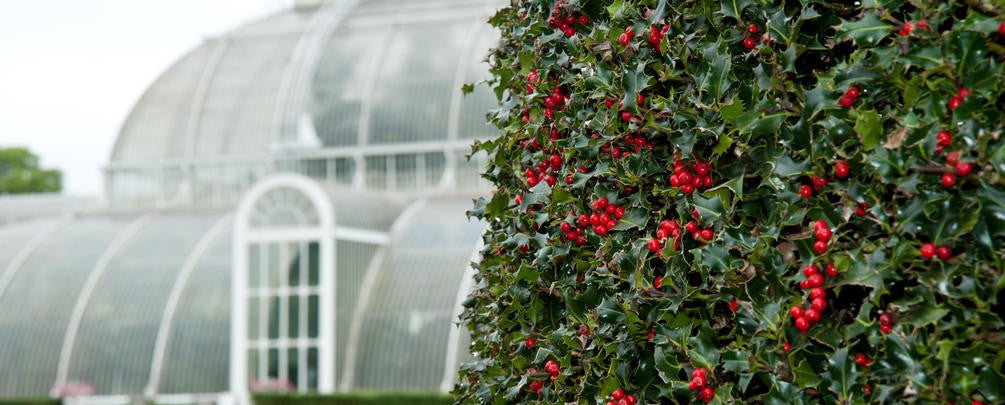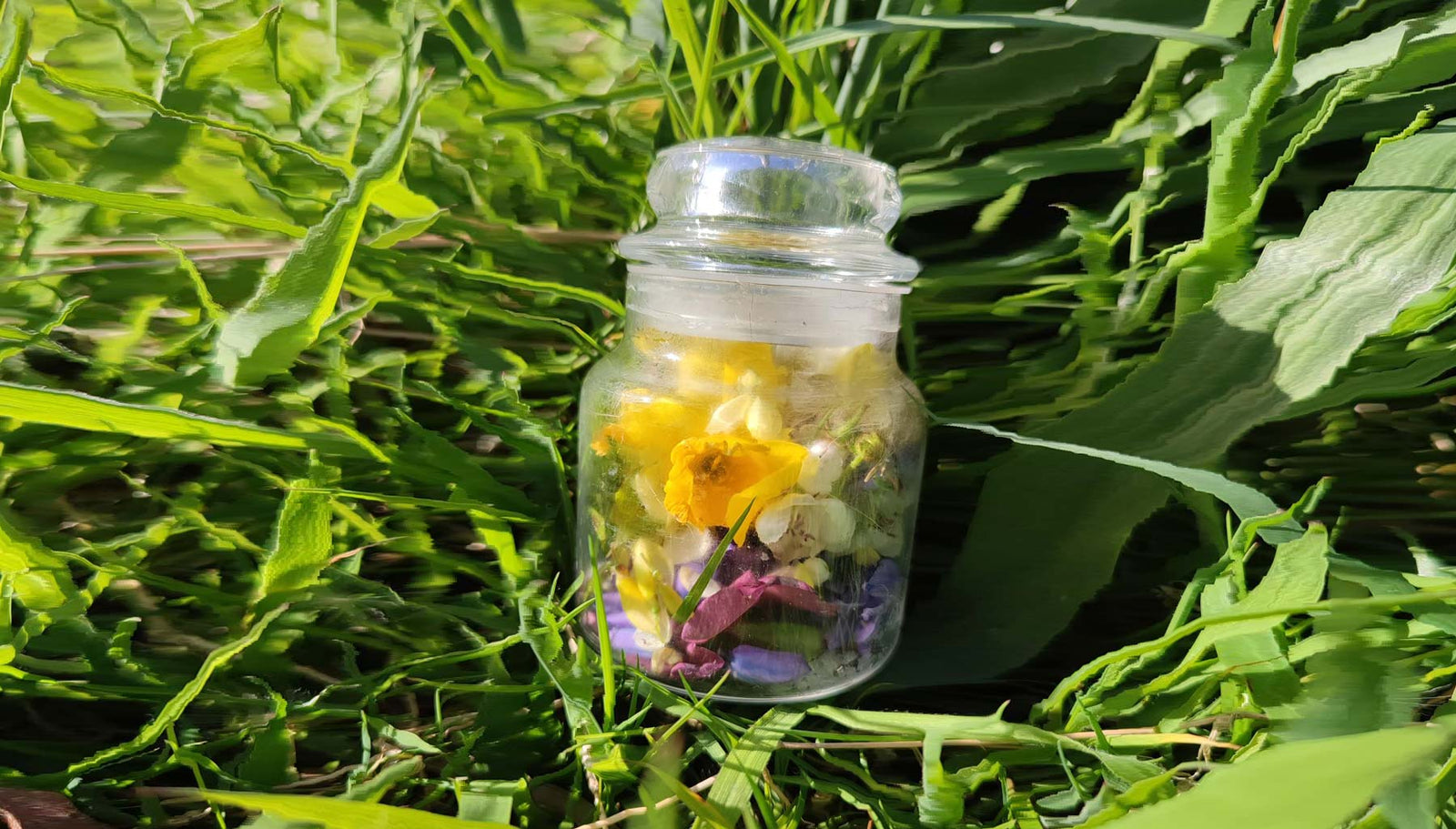Your Cart is Empty
With winter around the corner we want to make sure our children get as much wild time and daylight as possible, so why not plan a trip to the local botanic garden? With a little imagination, there are many adventures to be had in these hubs of biodiversity. Here are just a few ideas:
Ready for a botanical world adventure? Below are some of the most popular botanic gardens that the UK has to offer.
Durham University Botanic Gardenhas many plant collections from around the world including China, Japan, North America, South Africa, New Zealand and Chile. Can you ‘spot the difference’ between the different plants? Which country has the plants with the biggest leaves? Make a note of the observations you make. How are plants in cold and warmer climates different? Also take a look at the tropical bugs, scorpions and tarantulas in this botanic garden, and explore the apiary and monkey puzzle tree in the centre of the garden.
Royal Botanic Gardens, Kew in Londonhas more than 90 attractions to visit, so make sure you’ve packed a winter picnic and your journal! Amongst the attractions are an interactive botanical play zone, a bee zone, a log train, badger setts to explore, and Treehouse Towers, Kew's tree-themed outdoor play area.
The Birmingham Botanical Gardensis like a mini Eden Project, with four glasshouses in different temperature zones: the Tropical House, Subtropical House, Mediterranean House and the Arid House. There is also a Discovery garden for keen explorers, a Tarzan trail, and adventure backpack hire for a small fee. These gardens are well known for their impressivedisplay of bonsai trees. How many bends can you spot in the bonsais? Make a tally in your notepad, and see if you can find the bonsai tree with the most!
University of Bristol Botanic Gardenis home to 4,500 species of plants, which are arranged into four collections: evolution, Mediterranean, local flora and rare natives, and useful plants. Look out for the exotic plants on display in the large glasshouses, including spiky cacti and carnivorous plants. Can you guess which ones the plants that eat insects are?! Also look out for the Giant Amazon Waterlily, and the cacao tree - where chocolate comes from.
National Botanic Garden of Walesis the most visited garden in Wales, with the Great Glasshouse which is the world’s largest single-span glasshouse. Be prepared for exploring with opportunities here for pond dipping, an adventure zone, a land train, bee garden, mini farm, and discovery centre.
St Andrews Botanic Garden in Scotland is full of plants that are native to Scotland, which grow well in the clay and limestone soil found naturally in the area. The glasshouse houses alpines, orchids, Mediterranean plants and succulents. Also look out for the incredible 8,000 different fern species in the garden. Can you spot the differences between them?
Comments will be approved before showing up.
Here’s a sneak peek straight from our latest issue of Eco Kids Planet, Wonders Beyond Earth. Wildlife News is where Rhona and Rusty round up the wildest real-world stories from across the planet. Enjoy the read! 🌎 Amazing Photo Entries! The Wildlife Photographer of the Year team gave me a sneak...
We asked you to dive deep into your imagination and invent a mysterious sea creature – and you didn’t disappoint! From glowing krakens and ancient owls to daring underwater adventures, your stories were packed with suspense, surprises and creativity. Thank you to everyone who took part – we’re thrilled to announce our four winning stories.
From dragon spit to moonbeam dew – our readers brewed up some truly magical nature potions this month! We’re thrilled to reveal the winning entries of our latest competition. Discover the most imaginative ingredients, spellbinding names, and powerful nature-inspired concoctions created by our talented young Eco Kids.



